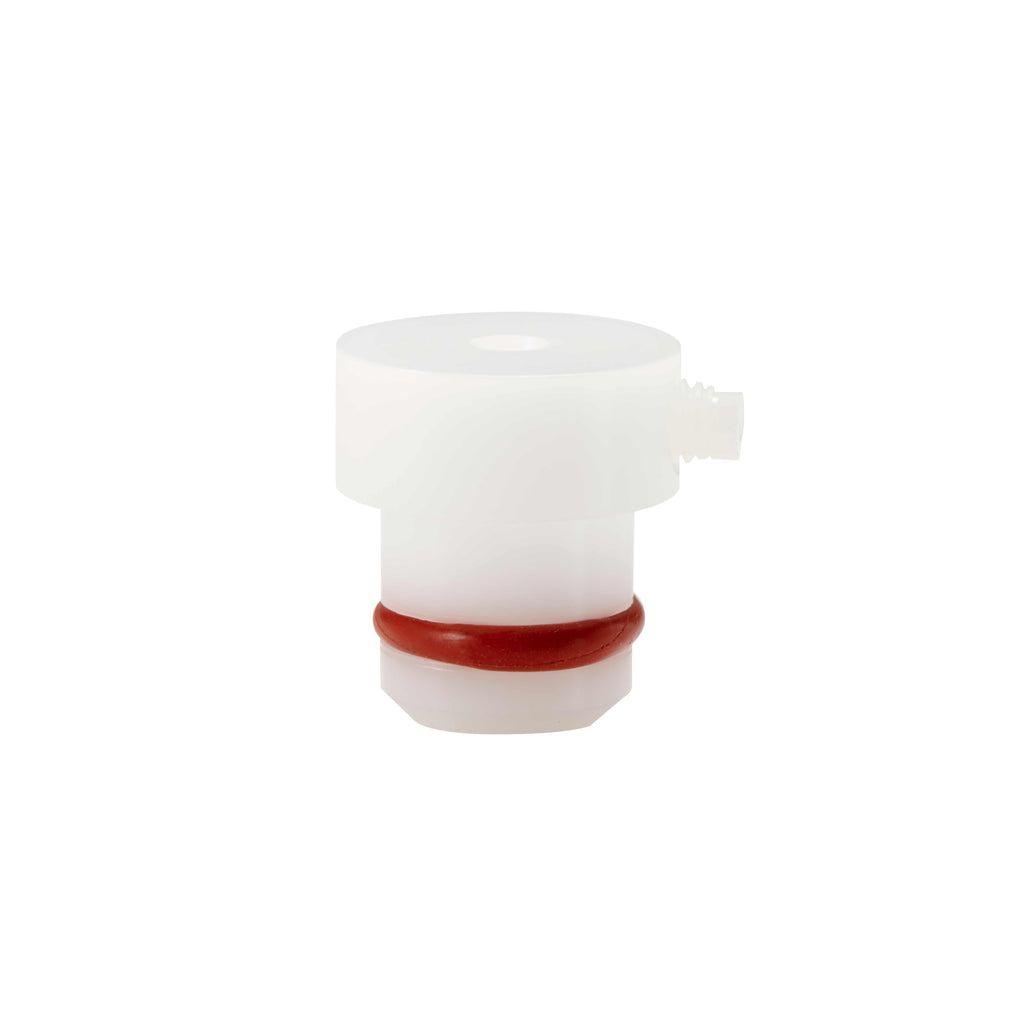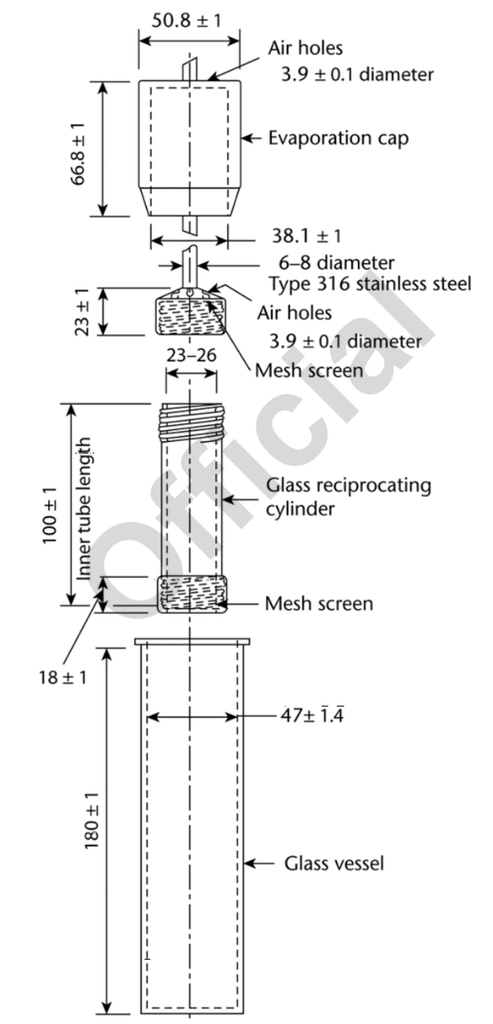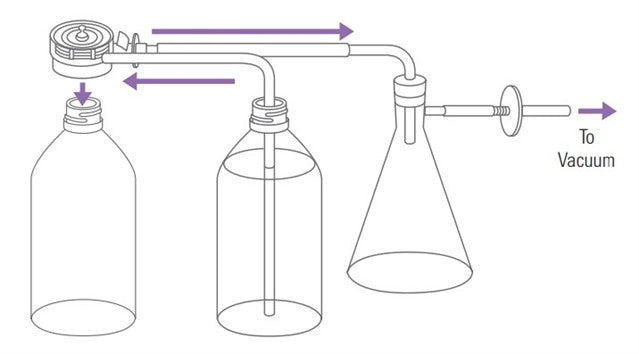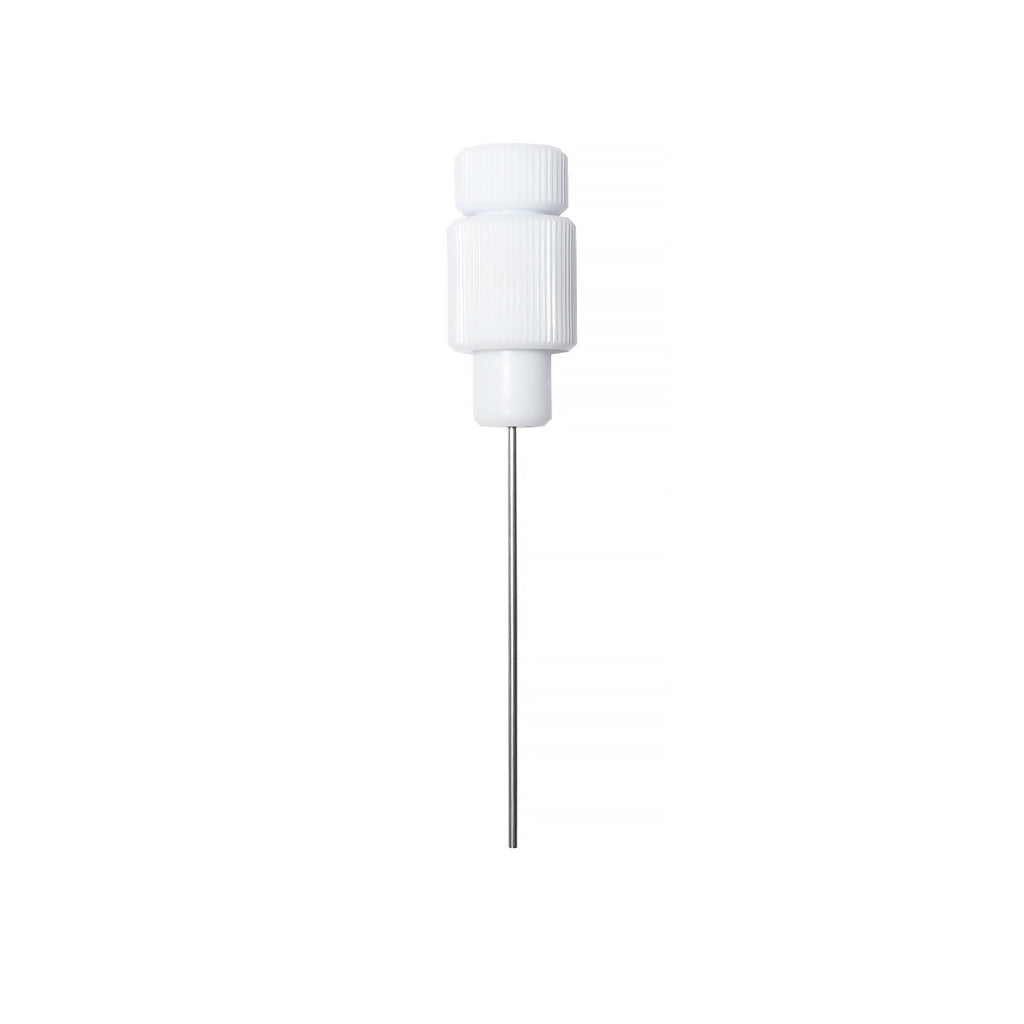News — dissolution
Why should I use a Cannula Stopper for Manual Sampling?
Posted by Pam Bialiy on

The following article has been authored by John Heaney. While automation is prevalent with dissolution testing, manual testing can and still should be done in certain circumstances. This can be when automation is too expensive, when the method is being developed and a certain amount of flexibility is needed, or when sample times are too short to be completed by automated systems. Manual sampling does offer significant flexibility but it also has some factors that need to be considered to ensure consistency. Sampling height is clearly defined in USP <711> as half-way between the top of the apparatus, be it...
Why should I use APP 3: Biodissolution?
Posted by Pam Bialiy on

The following article has been authored by John Heaney. Compared to dissolution Apparatus 1 (Baskets) and Apparatus 2 (Paddles), Dissolution Apparatus 3: Biodissolution (the reciprocating cylinder) is quite rare. However, it has some key advantages over the more common baskets and paddles which can make it very useful for key applications. Apparatus 3 consists of a glass cylinder with a mesh screen at the bottom moving up and down in a specified distance and rate within a glass dissolution vessel. The dosage form is held within the glass cylinder. Vessels are typically arranged in rows allowing the glass cylinder...
Impact of Deaeration on Dissolution
Posted by Pam Bialiy on

The following article has been authored by John Heaney. Deaeration, or degassing, of dissolution media is not required for every dissolution method, but when it is required it is critically important. The USP Prednisone PVT requires deaeration of the dissolution media and the tablet is formulated to show whether or not the deaeration method is adequate. Deaeration tends to have a larger impact on dissolution results as compared to other factors regarding the dissolution test. How this shows itself can change depending both on the apparatus, and the dosage being tested. How to deaerate is largely up to the...
Hydrodynamic Effects of Resident vs Manual Probes/Cannula
Posted by Pam Bialiy on

The following article has been authored by John Heaney. Does the presence of a resident sampling probe affect the hydrodynamics of a dissolution vessel? Yes, yes it does. The more important questions are how strong is the change in the hydrodynamics and is it strong enough to affect testing? USP <1092>, an advisory chapter addresses this directly with: Sampling probes may or may not remain in the vessel throughout the entire run. Sampling probes or fiber-optic probes can disturb the hydrodynamics of the vessel; therefore, adequate validation should be performed to ensure that the probes are not causing a significant...
ASTM/Enhanced Mechanical Calibration vs Prednisone PVT- Which is better for my lab?
Posted by Pam Bialiy on
The following article has been authored by John Heaney. The debate about the prednisone performance verification test (PVT) versus the ASTM enhanced mechanical calibration has gone on since the inception of ASTM chapter 2503. Both are different means of providing an answer to the same question,” Is my dissolution tester suitable for use and can I trust the data from it?” The prednisone PVT is typically performed after a mechanical qualification of the dissolution tester which, if one follows USP 711, has wider tolerances for passing than ASTM 2503. However, if one follows the suggestions in USP Guideline on...
